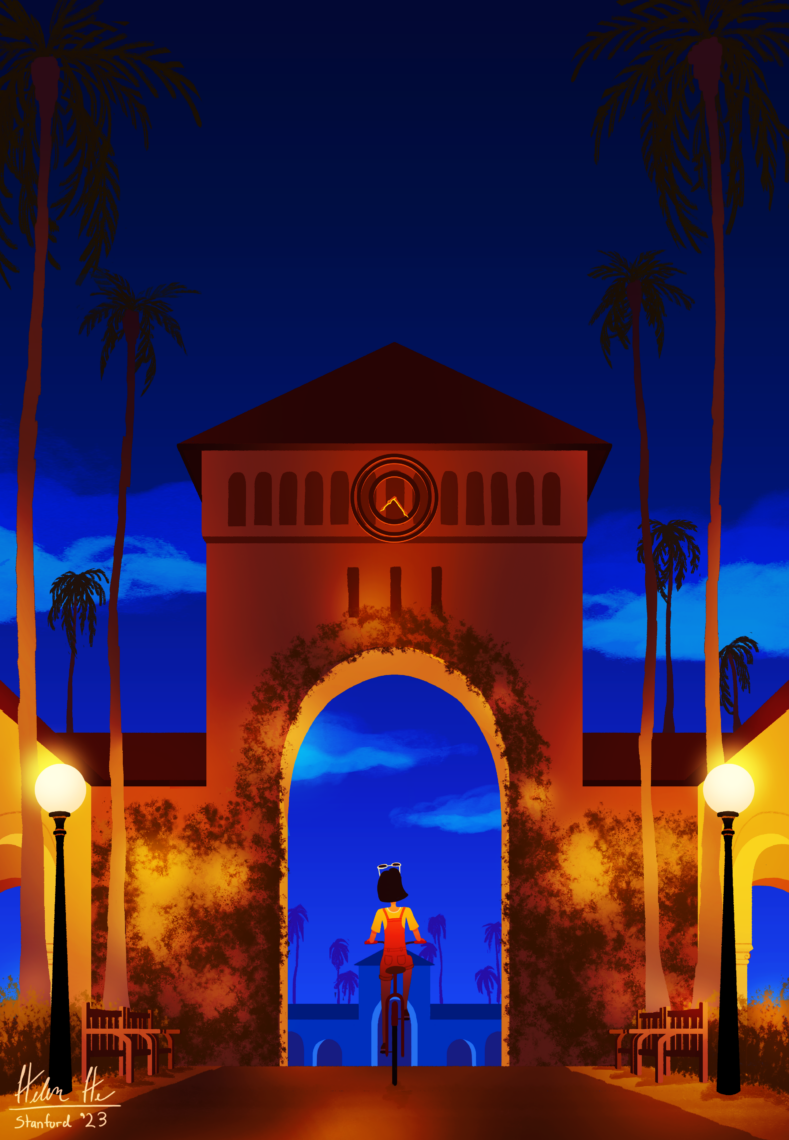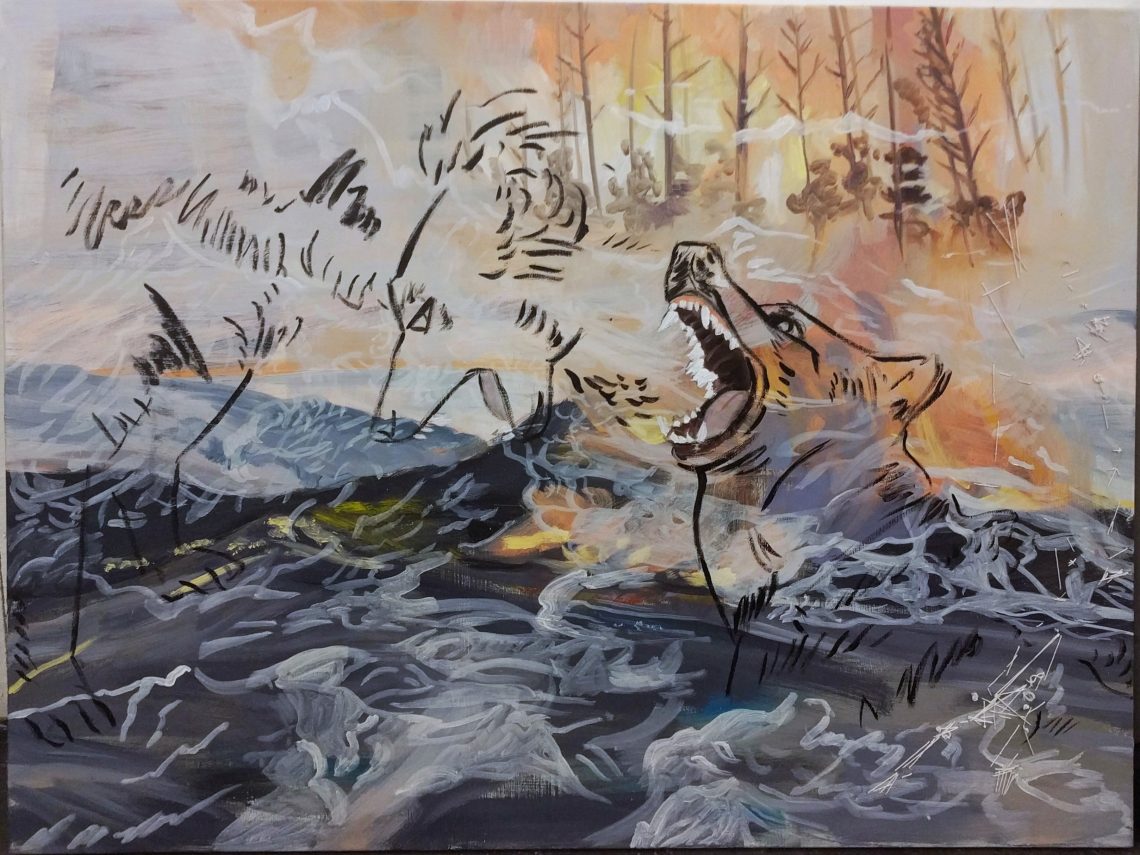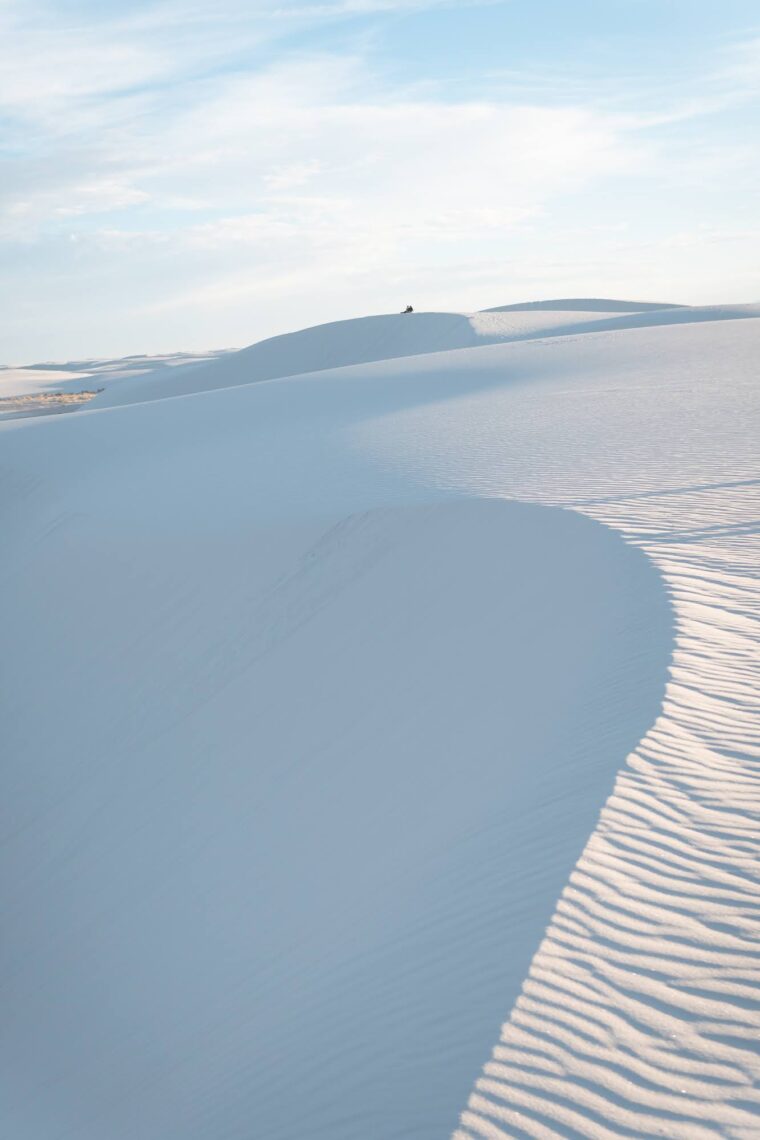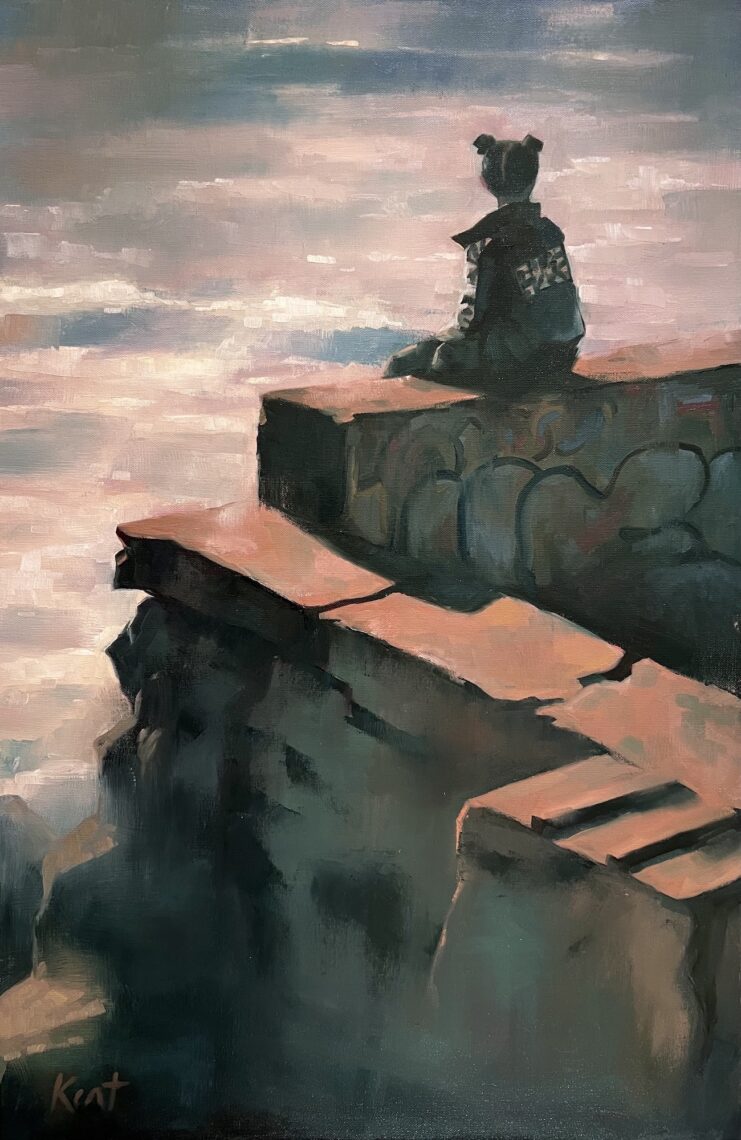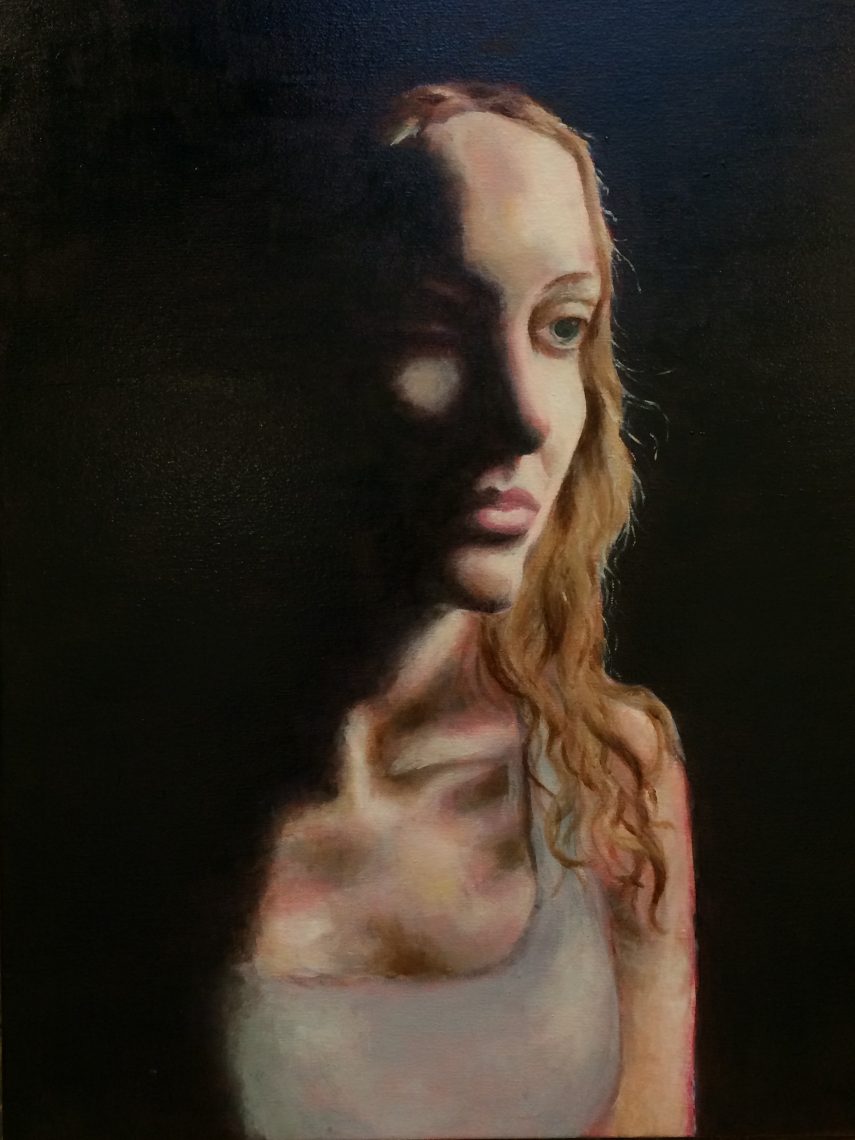
Staff and students collaborate to showcase student art
Organizers of the annual Spring Arts Fair discover that a virtual gallery has some advantages.
This year’s Spring Art Fair, like most campus events, is virtual by necessity. Initially conceived as an exhibition in Roble Arts Gym organized by the Office of the Vice President for the Arts (VPA) and the student group Professional Art Society of Stanford (PASS), the fair is now a virtual experience.
Claudia Dorn, VPA manager of resources and community, worked with PASS members Gunner Dongieux, ’21, and Zen Simone, ’20, to create the exhibition, which supports the student organization’s mission to strengthen the campus arts. Dorn describes the process and the product in this Q&A.
What was the original goal of the Spring Art Fair, and did the goal change when students were sent home to shelter-in-place?
One challenge student artists face on campus is the lack of space to have their art work exhibited. With the Spring Art Fair, we wanted to provide a space to showcase the tremendous talents of Stanford students during the final quarter of the academic year. Originally planned as a physical exhibition at Roble Arts Gym, with the move to a virtual quarter, we decided to move forward with a virtual gallery. The goal before and after the shelter-in-place order remained the same: showcase and celebrate the talent of our students.
Who did you work with to mount this exhibition?
The Spring Art Fair was organized by the VPA in collaboration with members of the student group PASS. Gunner Dongieux and Zen Simone curated and “installed” the exhibition allowing for individual navigation through the space. They had many great works to choose from and often difficult decisions to make about what to include. It is a wonderful platform to share works with friends and family and the broader Stanford community.
Are there things that you were forced to do for this art fair during these highly unusual times that you may repeat voluntarily under normal circumstances?
While it is a special treat to go to art galleries and experience the works in a physical space, the virtual gallery space has some advantages. With fewer limitations, we may be able to create more exhibitions in the future, giving more visibility to our student artists. The virtual space made us see under-explored opportunities in terms of display, documentation, and remote audiences that we hope to utilize next year. For example, the online guided tour is a great overview of the exhibition and it allows the artists to talk about their work.





